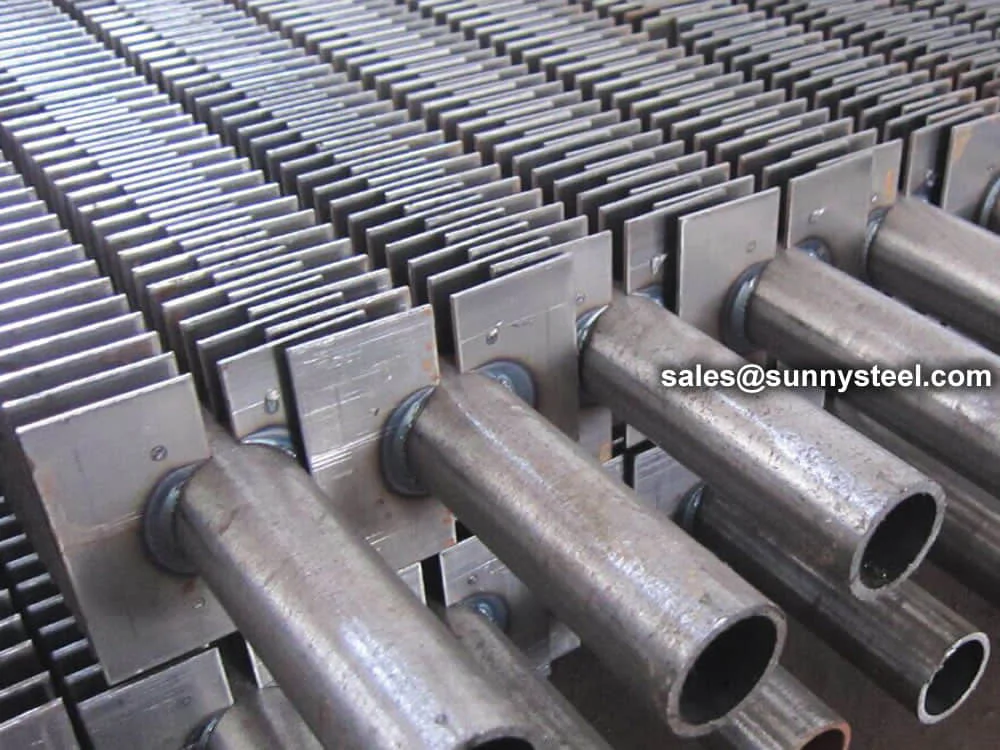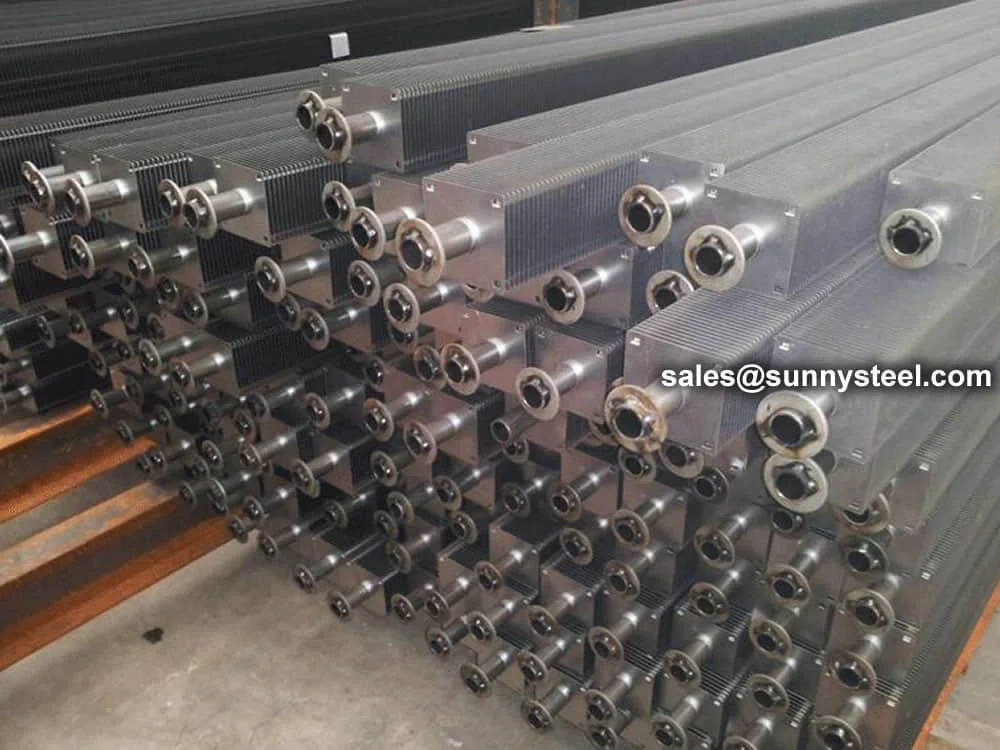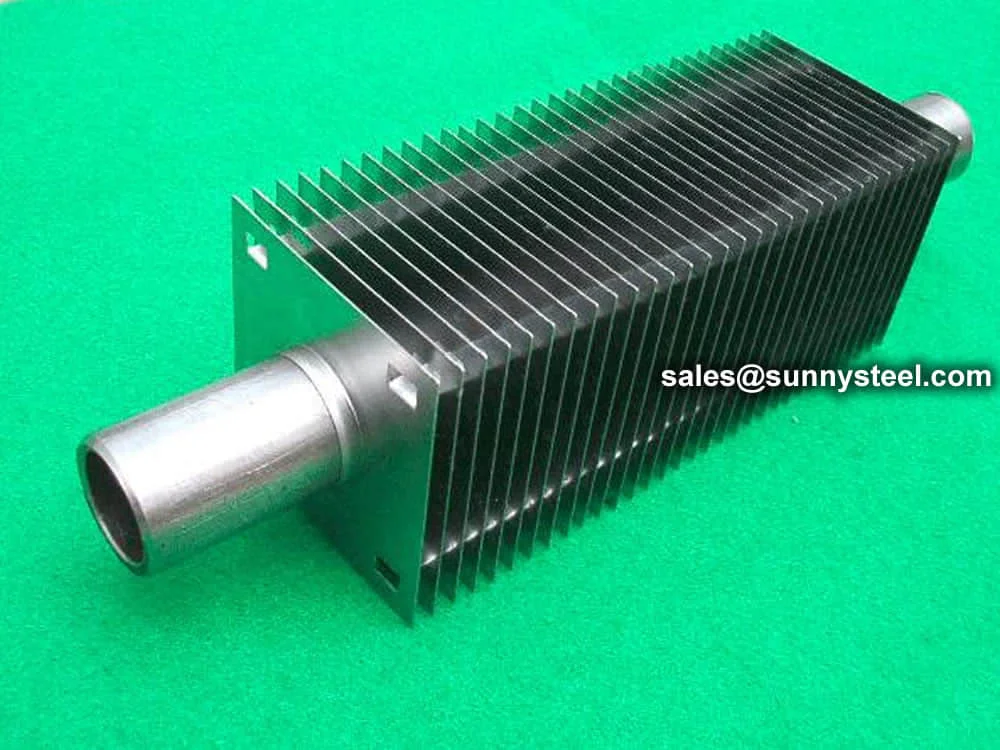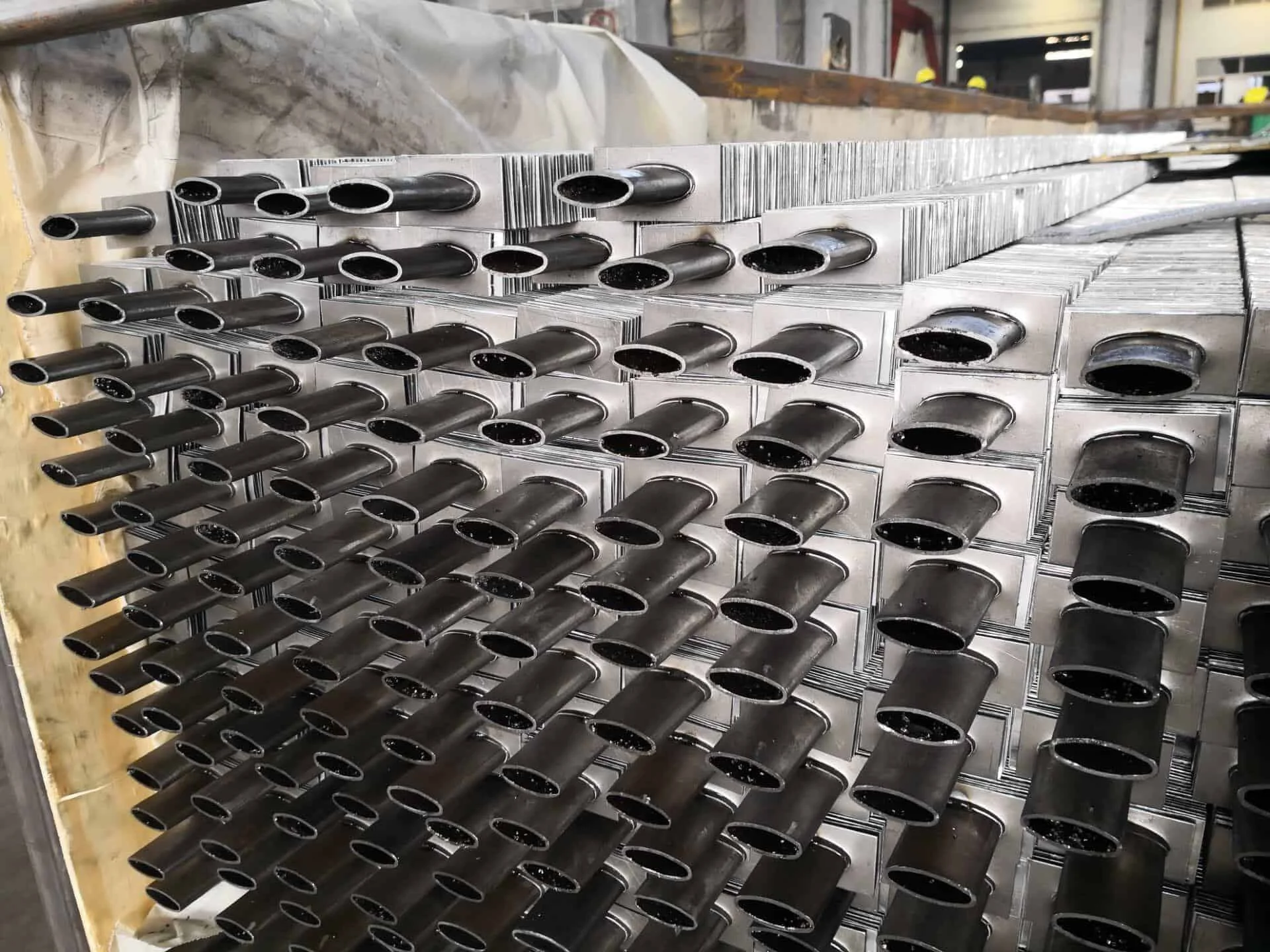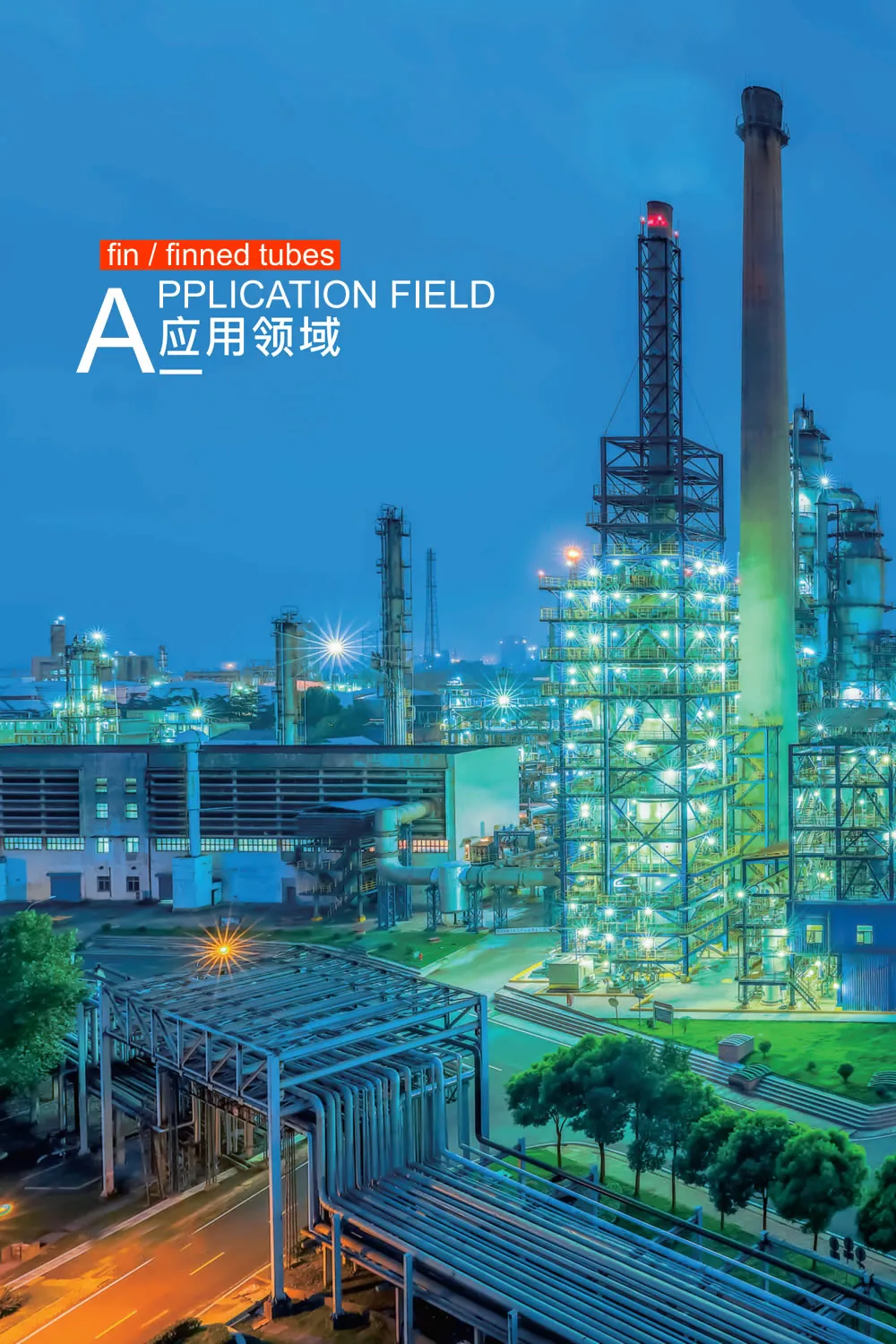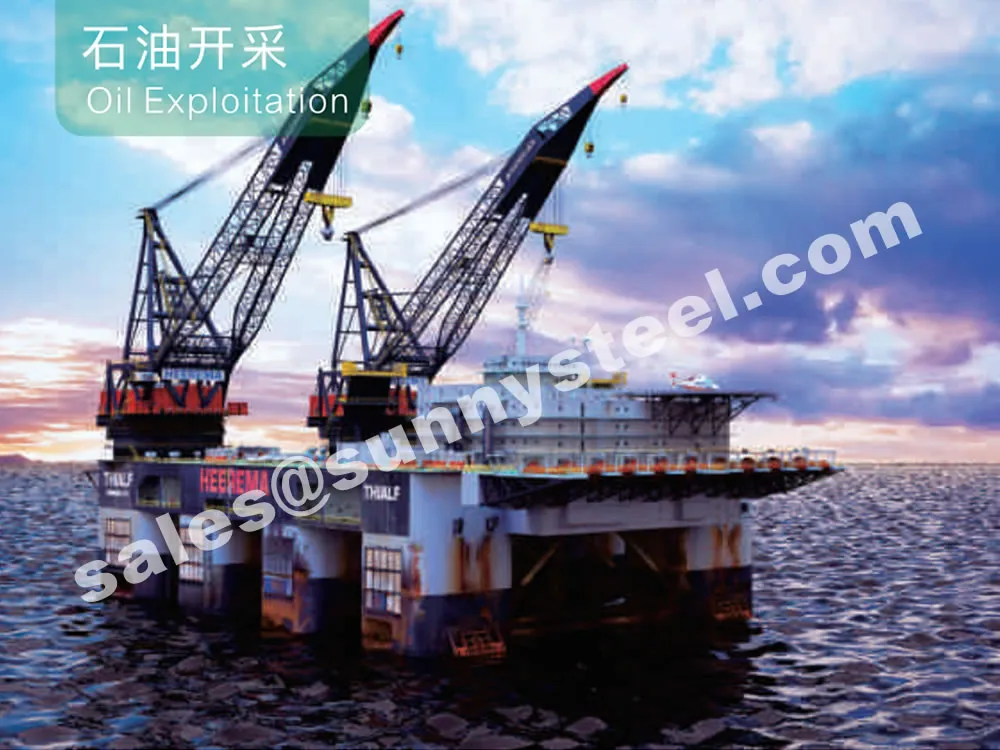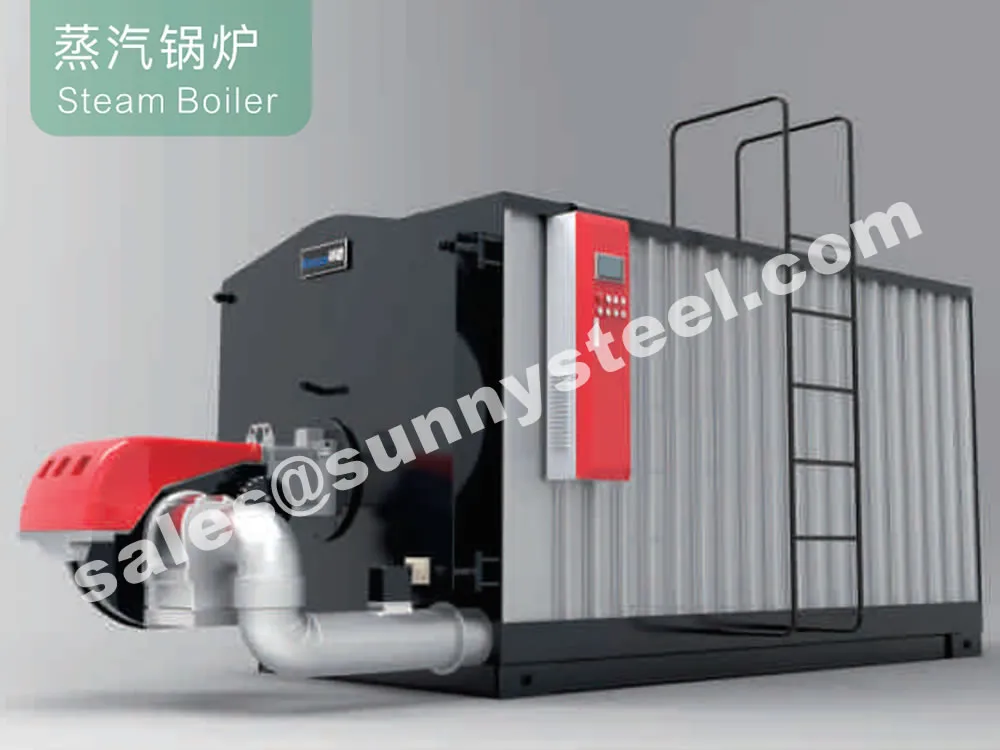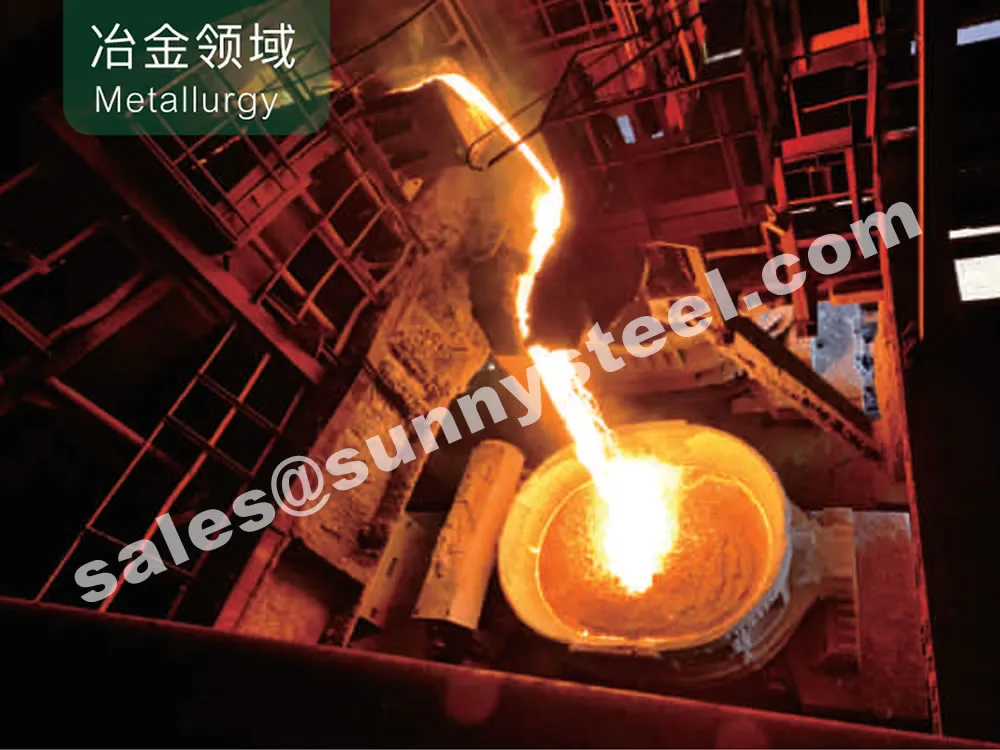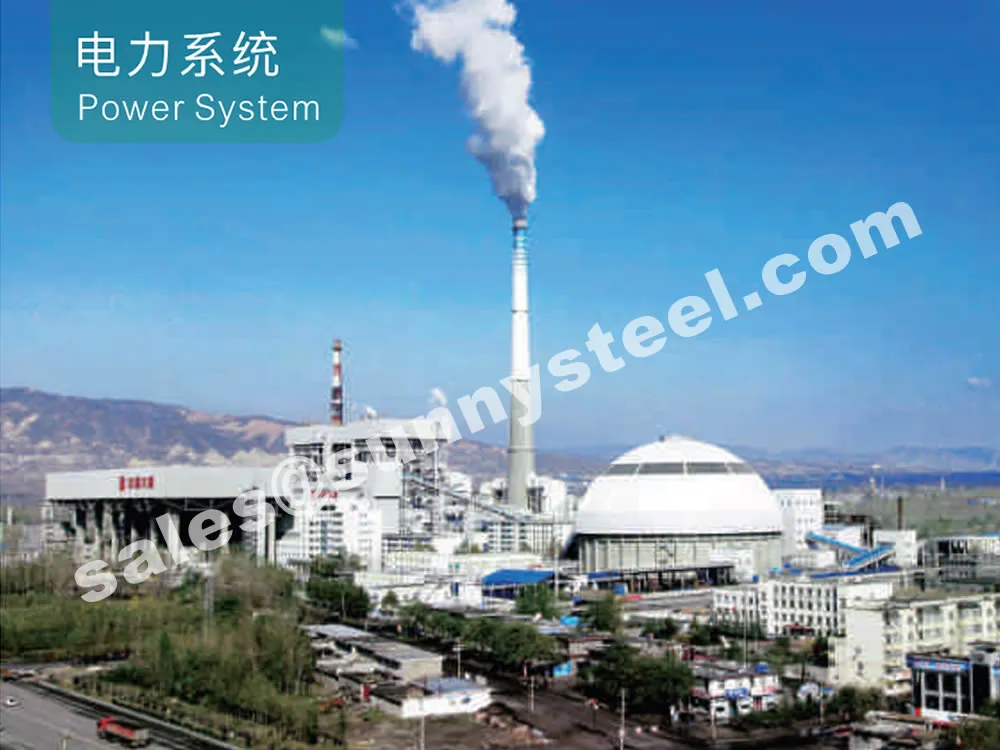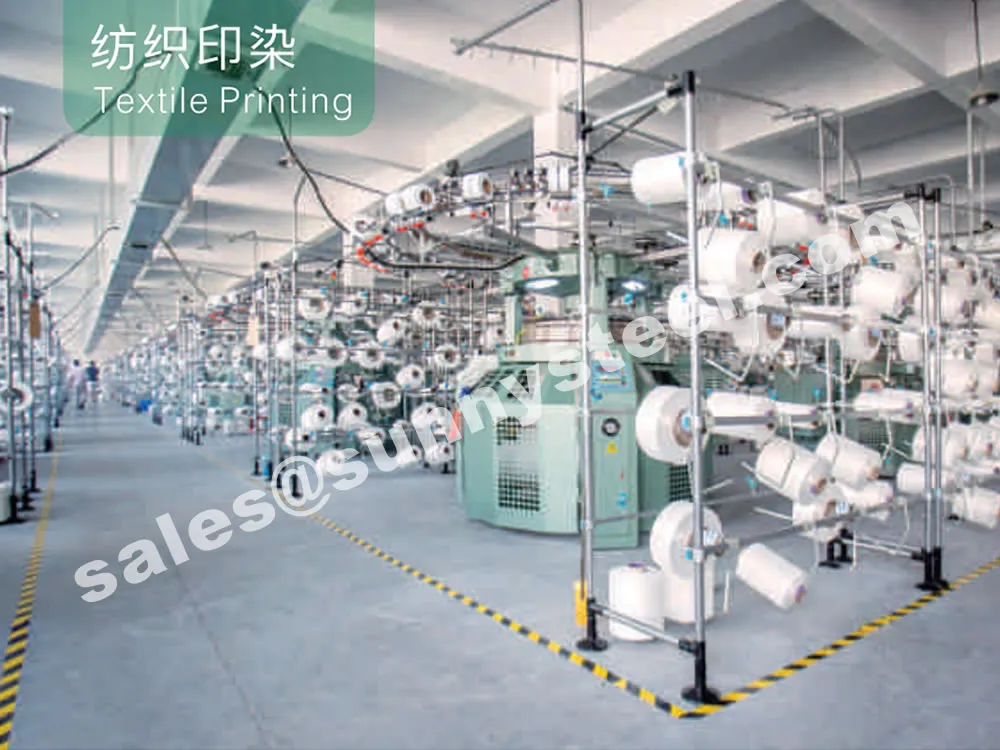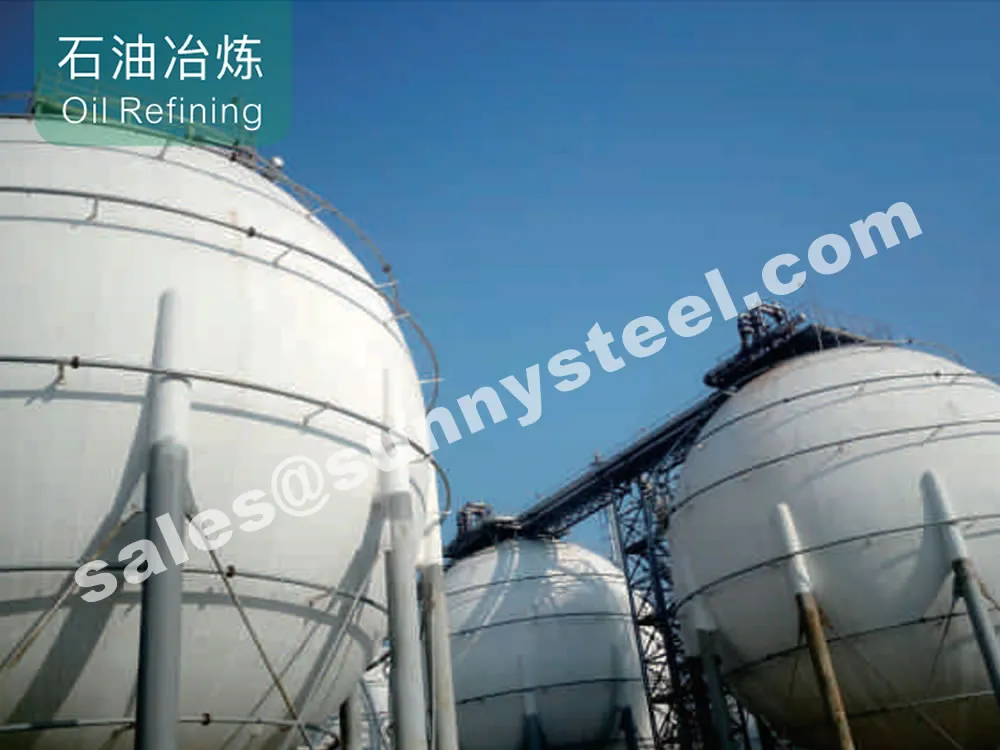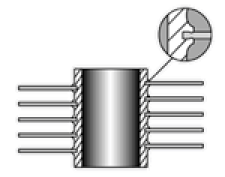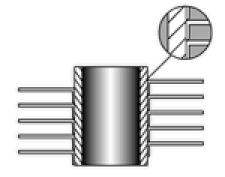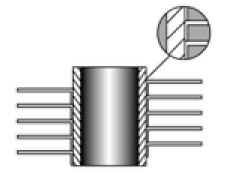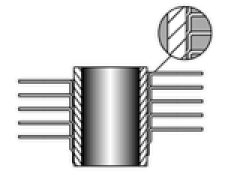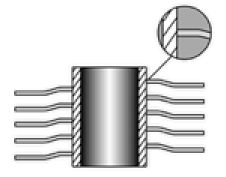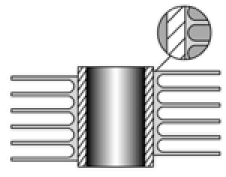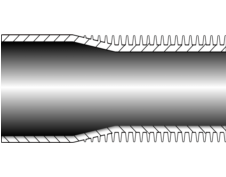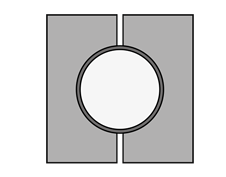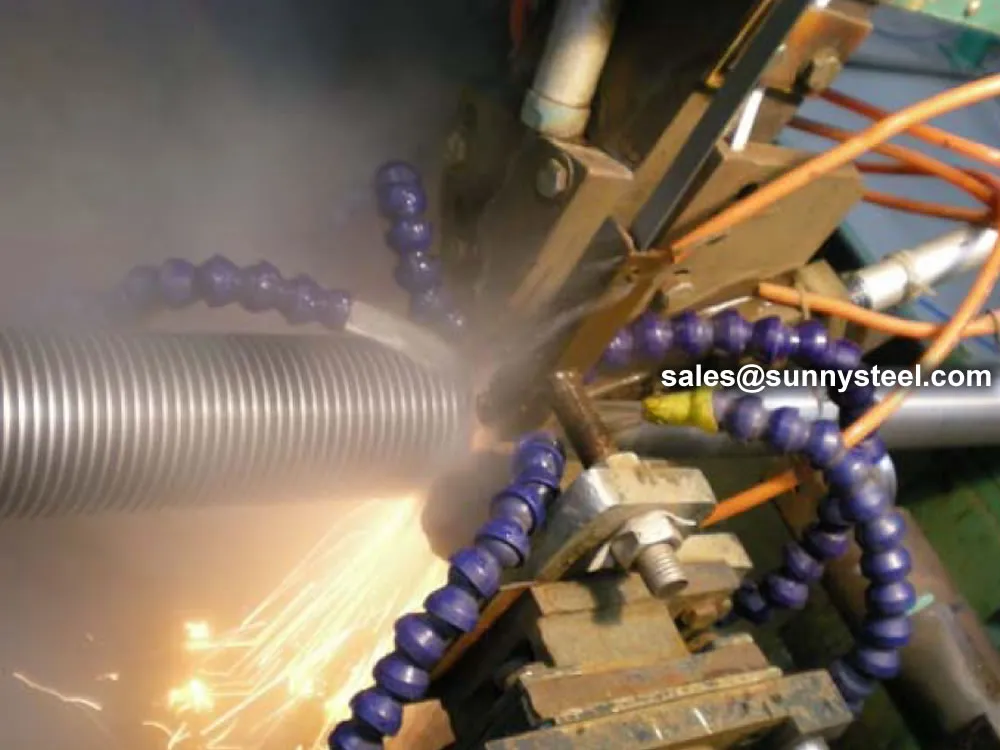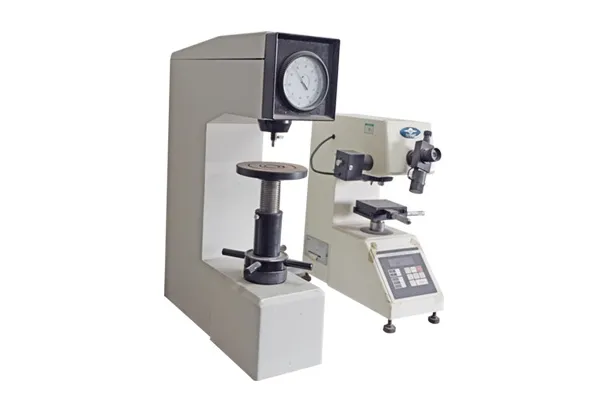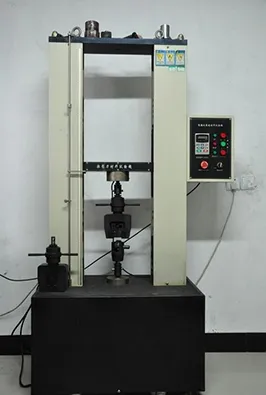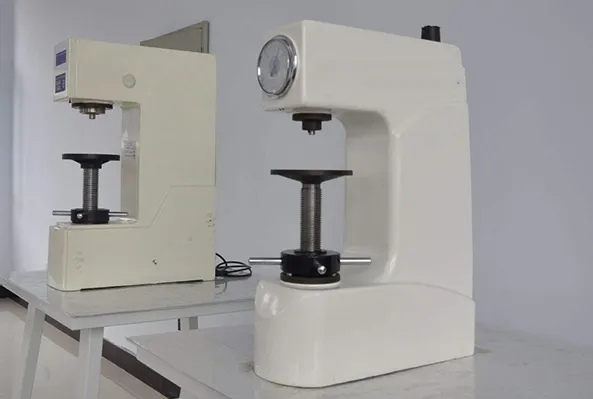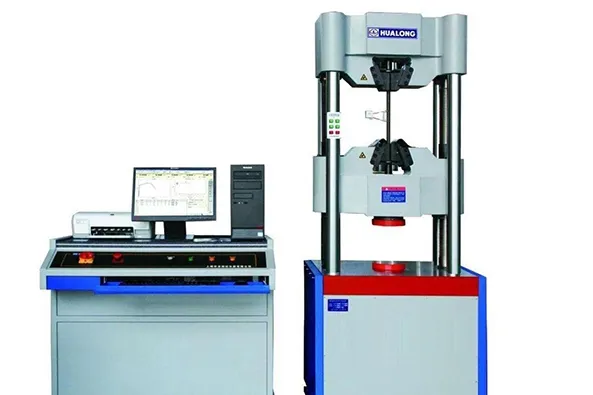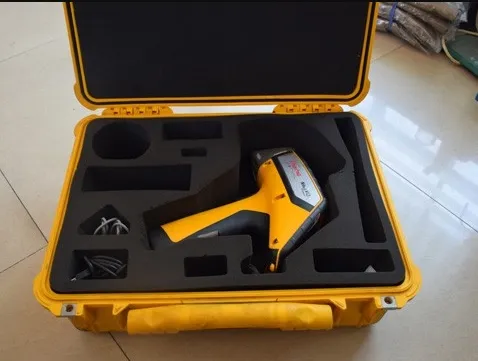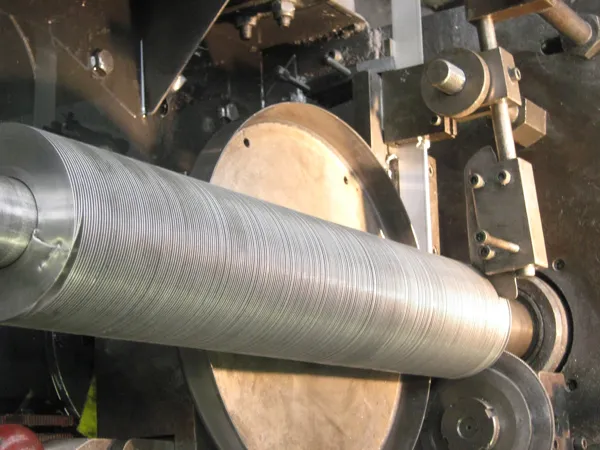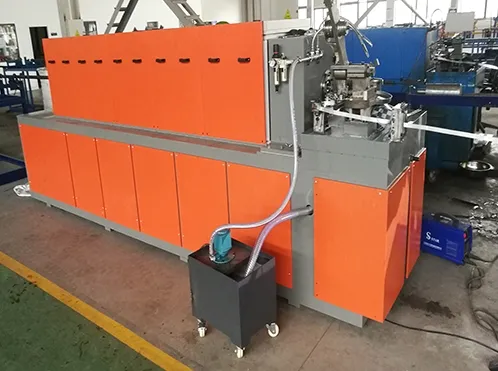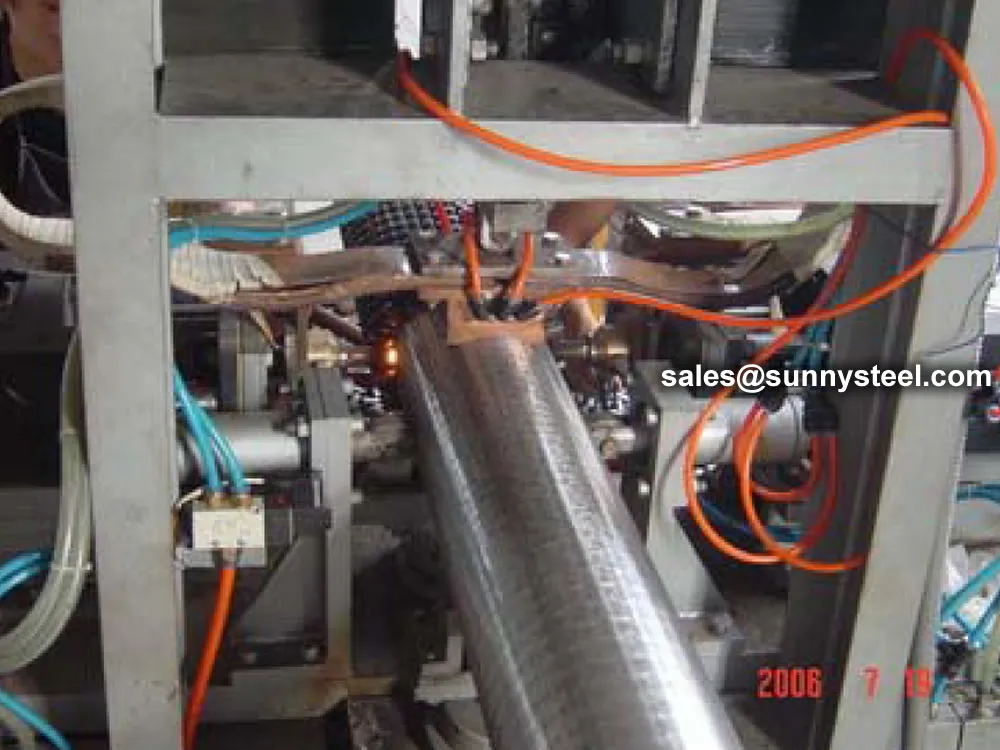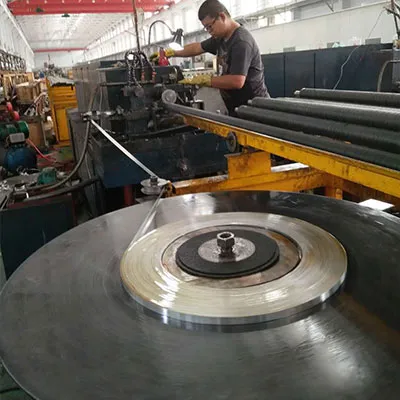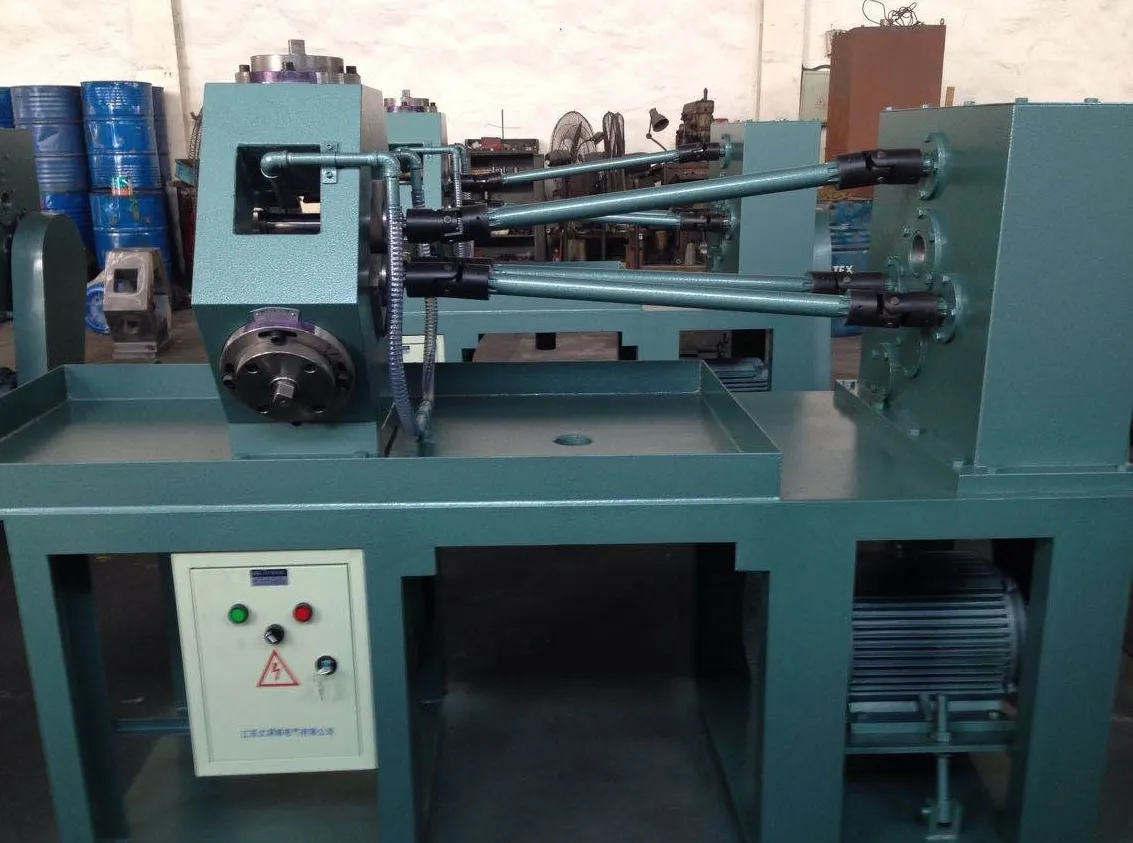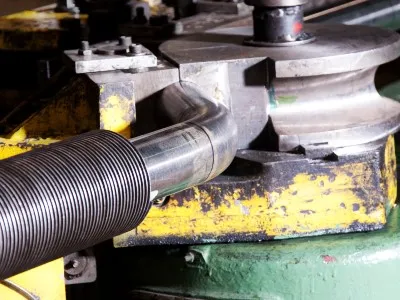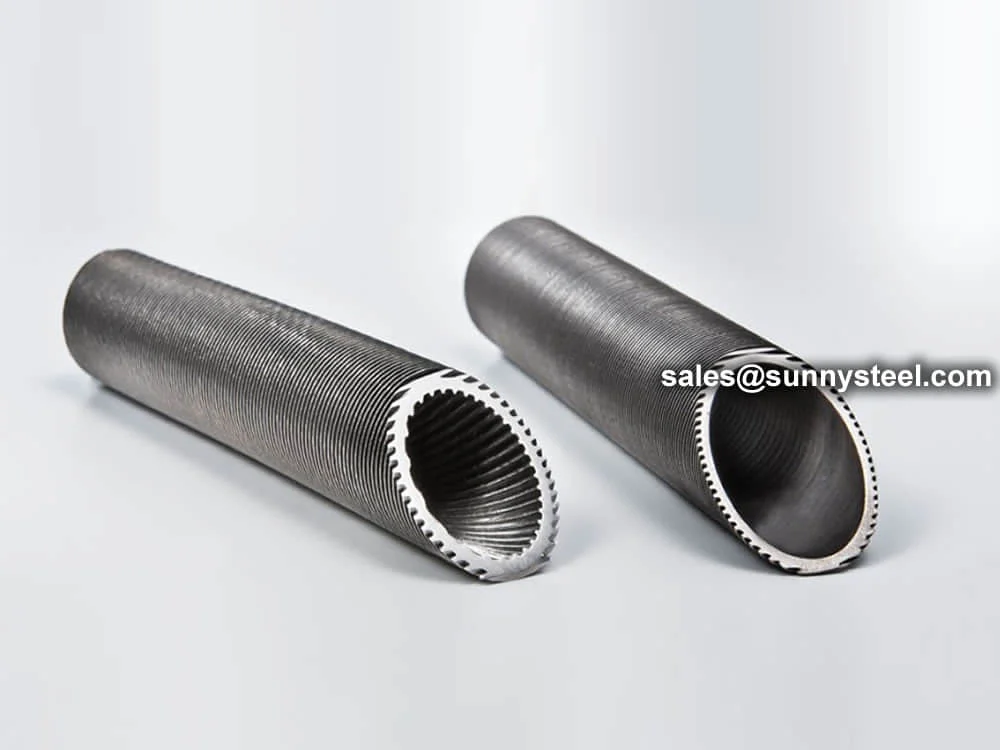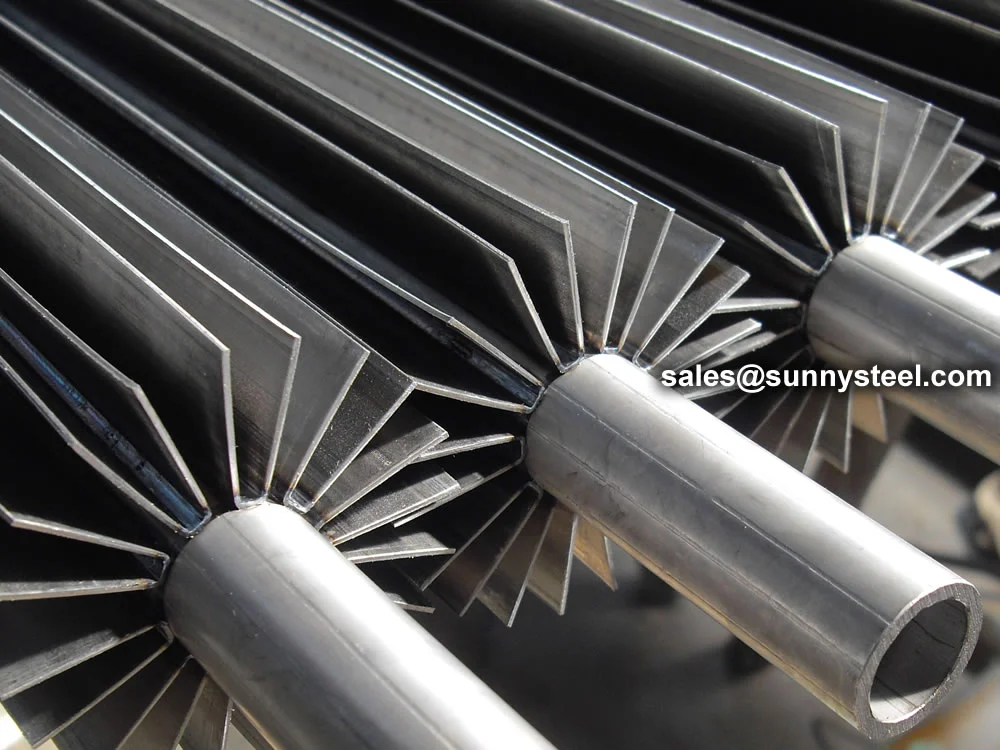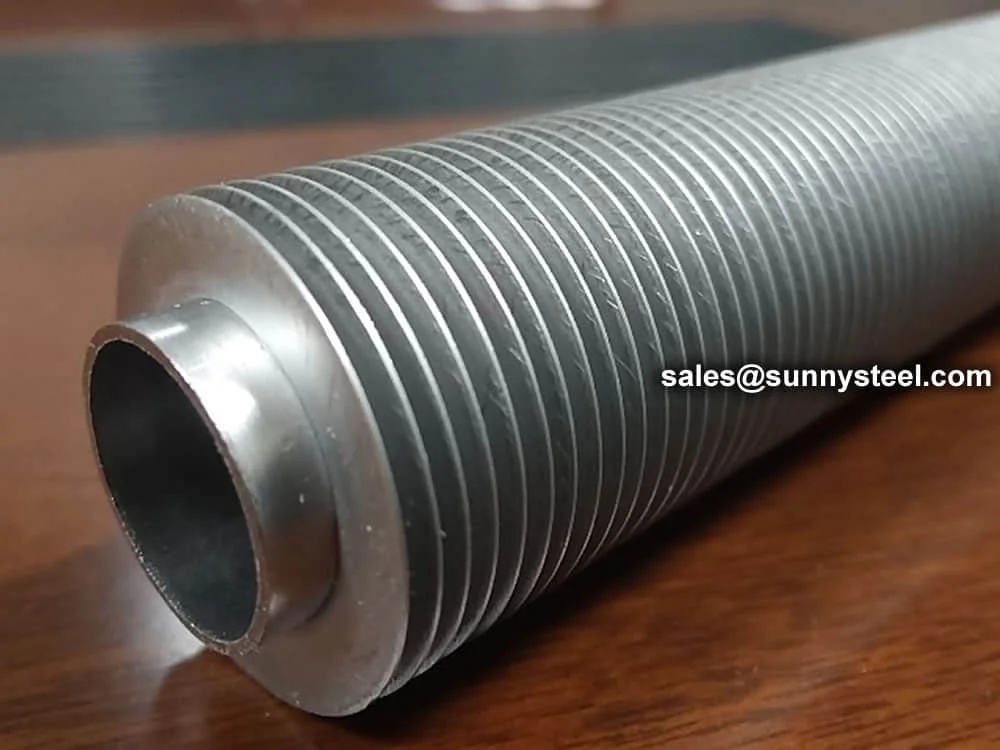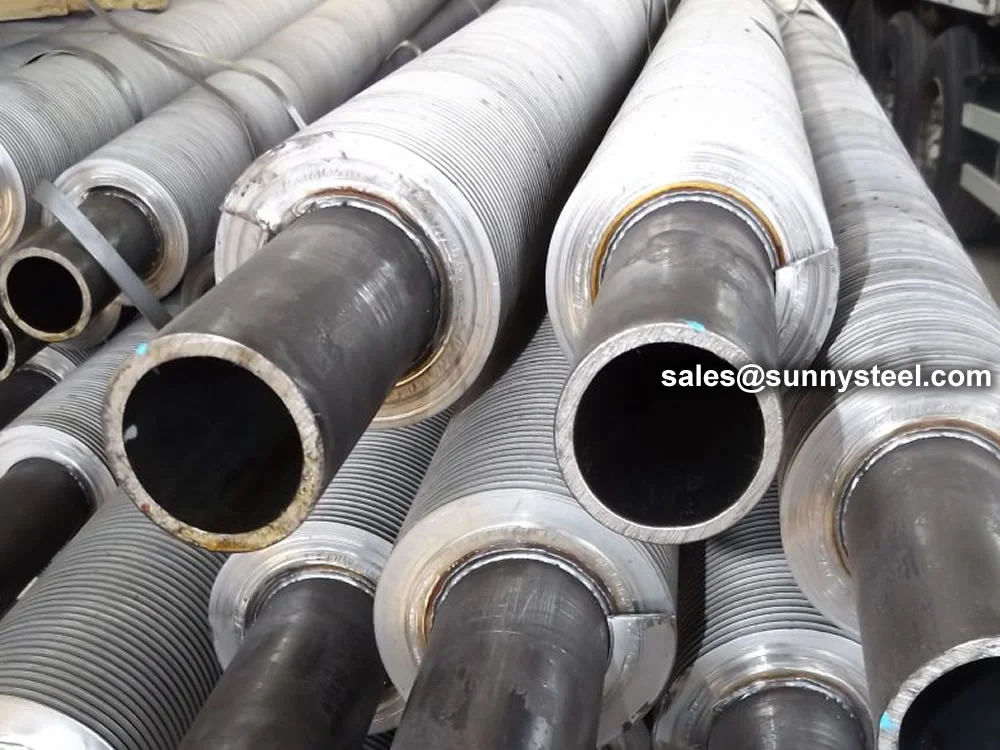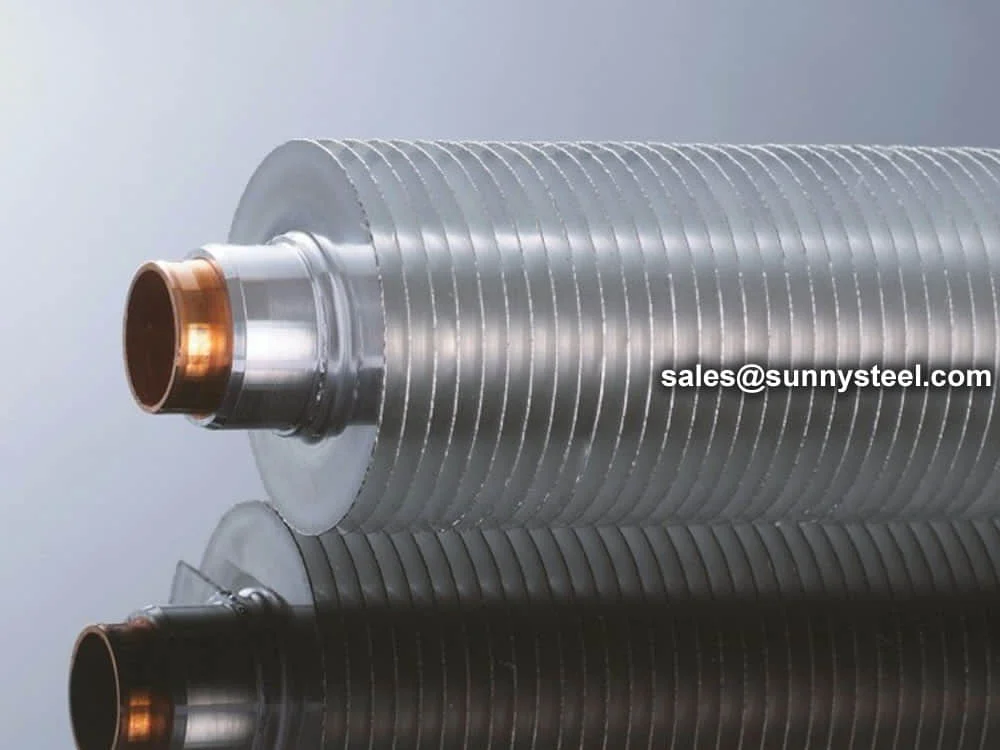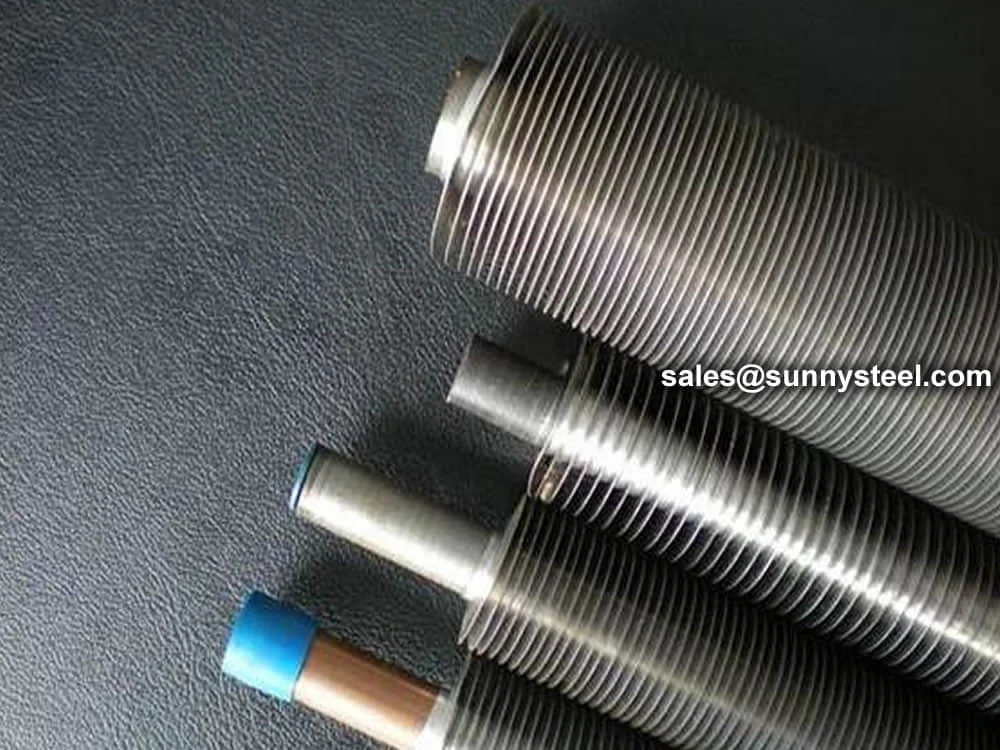Special Type Finned Tubes are customized heat exchanger fins designed
to meet unique thermal and structural requirements in demanding industrial applications. Unlike standard finned
tubes, these custom finned tubes include specialized configurations such as serrated, perforated,
or embedded fins, tailored for specific heat transfer needs in petrochemical, power generation, HVAC, and chemical
processing industries. Conforming to standards like ASTM A179, A213, ASME SB338, and TEMA, they provide superior
thermal transfer and corrosion resistance, making them ideal for boiler
pipeline protection in extreme environments.
The manufacturing process varies based on the fin type, including high-frequency welding for serrated fins, laser
cutting for perforated fins, or embedding (G-type) fins into grooved base tubes. Materials include carbon steel,
stainless steel (TP304, TP316), copper alloys, and titanium, with base tube outer diameters ranging from 12.7mm to
76mm, fin heights of 5mm to 25mm, and fin pitches of 3.5mm to 12mm. Custom lengths up to 20 meters and surface
treatments like galvanization, 3LPE, or epoxy coatings enhance durability and corrosion resistance.
These tubes are designed for temperatures up to 400°C and pressures up to 15 MPa, offering flexibility for
specialized applications like high-viscosity fluid cooling or gas-to-liquid heat exchange.
Special Type Finned Tubes undergo rigorous testing, including hydrostatic, eddy current, tensile,
and thermal performance tests, to ensure compliance with ASTM A450/A450M and TEMA standards. Their unique fin
designs, such as serrated fins for increased turbulence or perforated fins for reduced fouling, can improve heat
transfer efficiency by up to 6 times compared to plain tubes. Configurations like embedded G-type fins provide high
mechanical strength, while perforated fins minimize ash buildup in dusty environments, reducing maintenance. These
tubes are particularly effective in compact heat exchangers, air preheaters, and waste heat recovery systems where
standard designs fall short.
Compared to conventional finned tubes like L or helical types, custom finned tubes offer tailored
solutions for specific challenges, such as high-pressure drops, fouling, or thermal cycling. For example, serrated
fins enhance air-side turbulence for gas cooling, while embedded fins withstand thermal expansion in boiler systems.
Their versatility allows integration into complex systems, including U-bend or coiled configurations, making them
suitable for retrofitting or specialized designs in petrochemical refineries and power plants. The ability to
combine dissimilar materials (e.g., aluminum fins on steel tubes) optimizes both thermal performance and corrosion
resistance.
Addressing issues like pipeline wear, corrosion, and inefficient heat transfer, special type finned
tubes provide engineers with robust and flexible solutions for thermal transfer tubes.
Their customized designs ensure optimal performance in unique applications, reducing energy consumption and
equipment footprint while enhancing system longevity. Whether in air-cooled exchangers, fired heaters, or
refrigeration units, these tubes deliver reliable boiler pipeline protection and high efficiency in
demanding industrial settings.
Also known as square fin tubes, H finned tubes come in two main designs:
- Single Tube – typically referred to as square fin tubes
- Double Tube – typically referred to as rectangular fin tubes
Due to their rectangular fin geometry, H fin tubes provide a larger surface area compared to spiral finned tubes,
making them especially efficient in air heating applications where reducing equipment size is crucial.
Technical Parametersof Special Type Finned Tubes
| Property |
Details |
| Max. Working Temperature |
300 °C |
| Atmospheric Corrosion Resistance |
OK |
| Mechanical Resistance |
Good |
| Fin Materials |
Copper, Aluminum, Carbon Steel, Stainless Steel |
| Base Tube Materials |
Carbon Steel (A179, A192, A210), Stainless Steel (A269, A213 T5, T11, T22, 304, 316) |
